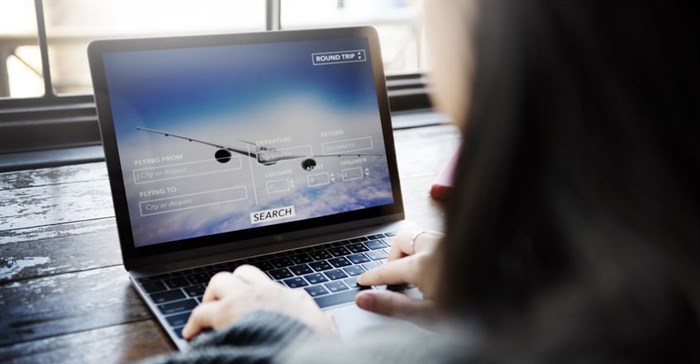
Providing “connective tissue” between travel providers and distribution networks
The first passenger airlines used various manual methods – lazy-susans, cubbyholes or chalkboards – to keep track of available seats and purchases, which were placed over the phone in a process that could take up to 90 minutes. As passenger volumes grew, airlines made efforts to streamline the process: speed and efficiency were, and remain, key to maintaining profitability.
The first digital technology aimed at solving this lag was the American Airlines-IBM joint venture Sabre, which made its debut in 1963 and intended to provide a system that connected the airlines’ product with their distribution networks. United Airlines developed Apollo and Galileo, precursors of today’s Travelport, as competition for Sabre in the 70s, and Amadeus followed in 1987, the product of collaboration by Air France, Iberia, Lufthansa and SAS.
These global distribution systems (GDS) were aimed at providing “connective tissue” between travel providers and distribution networks. But their early interfaces were not very intuitive or particularly rich in content, and unlike retail shopping, the flight-booking experience was essentially opaque. That would soon change. Technology advanced, and the emergence of the internet in the 1990s proved a particularly potent disruptor.
Onboarding NDC allows users greater access to ancillaries and enhanced travel content – and GDS providers aren’t excluded from this.
While around half of all travel bookings today are still made offline, online channels are offering airlines and other providers tremendous opportunities for growth (including direct sales). This is thanks to the increasing potential for personalisation (across multiple touchpoints) that is being created by effective use of customer data.
There’s currently a divide between what many airlines offer on their apps and websites and what is available to travel agents. Some GDS systems have limitations when it comes to the way they merchandise airline product and ancillary offerings. But IATA’s New Distribution Capability (NDC) protocol could close this gap by providing agents with easy access to all relevant airline fares and products, allowing them to search for and book the content through a single GDS screen – leading to faster transaction times.
The goal is to enable all providers to offer a transparent, more personal booking experience, whether or not they work through a GDS system, and in doing so heighten profitability. Onboarding NDC allows users greater access to ancillaries and enhanced travel content – and GDS providers aren’t excluded from this. Using NDC to open the door to further ancillary sales could help push this global stream of revenue to the $100bn mark that’s been suggested for the coming years.
GDS systems are hardly about to go the way of the dinosaur. The convenience they offer and value they add from a content perspective ensure they will always have a key place in the industry. They remain the preferred method of travel purchasing for corporate travel management companies and are a highly effective way of booking complete itineraries without having to negotiate with multiple providers.
GDS providers that are slow to adopt NDC, however, could potentially risk being outstripped in this respect by new players that are agile in terms of understanding the needs of today’s travellers. Online travel startups like Berlin-based Flyiin, for example, already allow consumers to search multiple airlines and ancillaries using an intuitive interface, in a content-rich environment. Peakwork, another new contender, caches travel providers’ data to enable booking sites to create packages and allow consumers to search for the deals they want.
For innovative travel distributors of all kinds, right now the sky really is the limit.